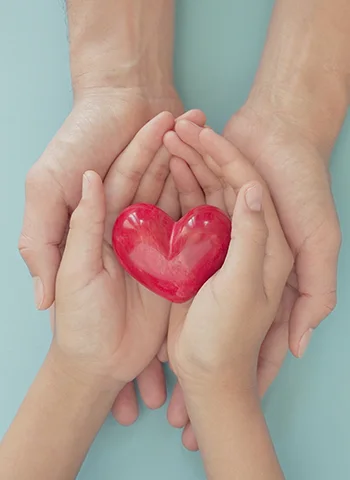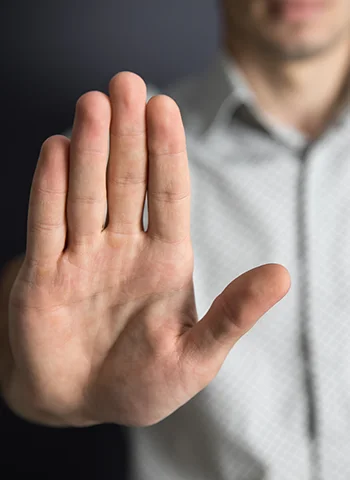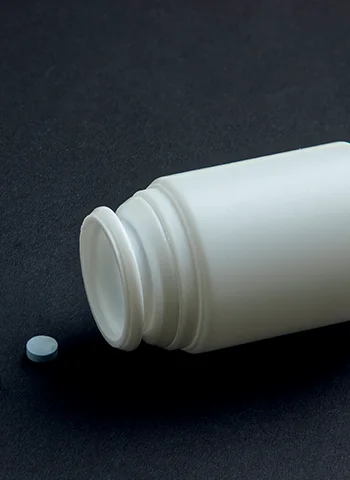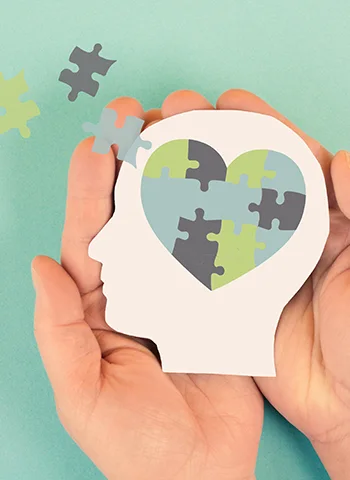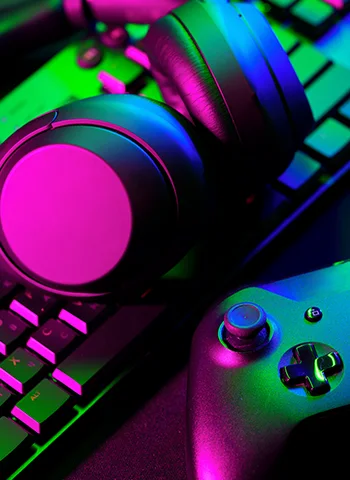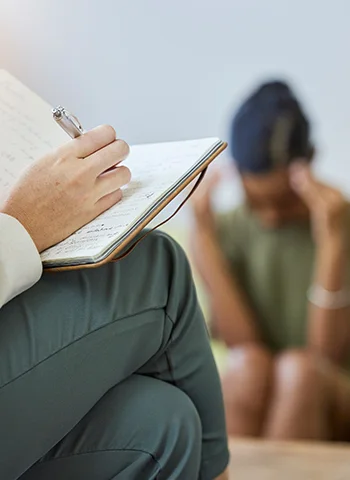Hydrocodone Addiction Treatment
Hydrocodone is a strong painkiller, but it can easily lead to dependence and addiction if not used exactly as prescribed. When addiction takes hold, quitting on your own can feel impossible and even dangerous.
Effective opioid addiction treatment gives you the support and medical care you need to recover safely and reduce withdrawal symptoms. You will find options that include supervised detox, therapy, and ongoing support to help you stay free from addiction.
Knowing what to expect can ease the worry and give you confidence as you start making changes.

Take the First Step Towards Recovery
Steps Together offers personalised support and proven treatments, providing the care, guidance and encouragement you need to move forward with confidence and build a healthier future.

Understanding Hydrocodone
Hydrocodone is a semi-synthetic opioid drug included in a class known as narcotic analgesics. It affects both your brain and body, which can help ease pain but also lead to possible risks and side effects, including the potential for abuse. This medication is most often combined with acetaminophen to create pain medicines such as Vicodin.
You may also see hydrocodone compared to other opioid pain medications, such as oxycodone and morphine. Hydrocodone is a controlled substance because it can cause dependency, and while it is available in many countries, it is not available in the United Kingdom.
Prescription Uses and Pain Relief
Doctors prescribe hydrocodone to treat moderate to severe pain, especially after surgery or from injuries. The medication works well for people who do not get enough relief from non-opioid pain relievers, such as ibuprofen or paracetamol.
Most hydrocodone prescriptions combine it with acetaminophen, strengthening the pain-relieving effect. These prescription medications are given for short-term use, since longer use raises the risk of addiction.
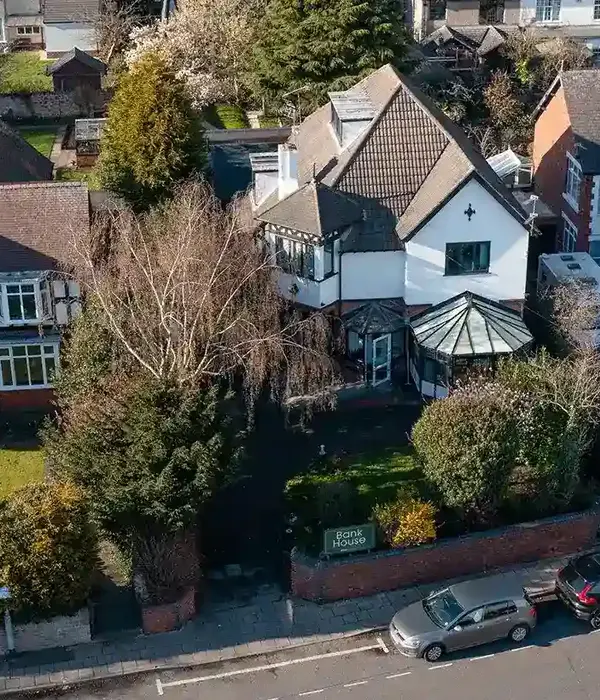

Effects of Hydrocodone
Hydrocodone works by binding to opioid receptors in your brain and spinal cord. These opioid receptors normally help control pain signals in your nervous system. When hydrocodone attaches to these receptors, your brain stops recognising some pain messages.
While taking hydrocodone, you may feel pain relief, relaxation, or even a mild sense of euphoria. However, this opioid medication can also slow your breathing or make you feel sleepy. These effects can become dangerous, especially with higher doses or combined with other sedatives.
Hydrocodone Addiction Treatment Options
Hydrocodone addiction treatment involves structured care plans that aim to address both the physical and psychological aspects of opioid use disorder. Your recovery plan will often combine several key methods to increase the chance of overcoming hydrocodone abuse.
Behavioural Therapy for Addiction
Behavioural therapy is a widely used treatment for hydrocodone addiction and other substance use disorders. It focuses on changing your habits, thoughts, and behaviours that lead to drug use. Cognitive behavioural therapy (CBT) is one of the most common approaches.
Therapists help you develop coping skills to deal with triggers and stress. In sessions, you might set goals for recovery, learn strategies to avoid relapse, and address any underlying mental health issues. Behavioural therapy may be delivered one-on-one or in group settings.
Inpatient Rehabilitation
Inpatient rehabilitation, sometimes called residential rehab, provides a highly structured environment where you stay at a treatment centre for several weeks. Inpatient hydrocodone rehab offers 24/7 medical support and supervision, which is important if you have a severe addiction or health problems.
Many inpatient programmes offer personalised treatment plans that may include medication-assisted treatment, behavioural therapy, and holistic activities. If you need intensive support or have struggled with relapse in the past, inpatient rehab may be a suitable option.
Medication-Assisted Treatment
Medication-assisted treatment (MAT) combines approved medicines with counselling to help manage hydrocodone withdrawal symptoms and cravings. Medicines like buprenorphine, methadone, and naltrexone are most often used.
MAT can provide stability so that you can focus on your recovery and therapy. These medicines are safe when prescribed by a healthcare provider and can be combined with regular check-ins and counselling.
Outpatient Rehab
Outpatient rehab allows you to live at home while attending regular treatment sessions at a clinic or rehab facility. This type of treatment programme can work well if your opioid addiction is mild to moderate and you have a solid support system.
You may combine medication-assisted treatment, counselling, and support groups in these programmes. Outpatient rehab gives you the flexibility to continue work or family commitments while receiving structured help. Regular monitoring and accountability can help keep your recovery on track without full-time admission.
Other rehab services our facility offers
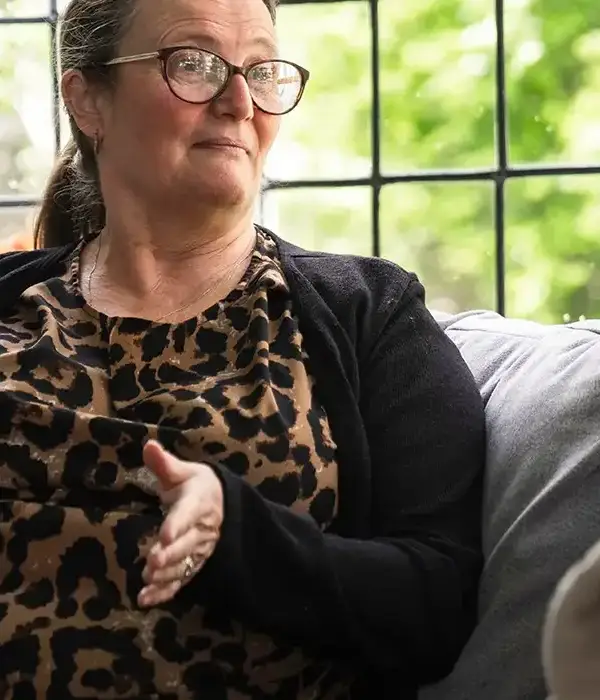
Long-Term Treatment for Hydrocodone Misuse
Aftercare gives you the tools and routine needed to stay on track after leaving a drug and alcohol addiction treatment programme. Options can include regular therapy, outpatient programmes, and check-ins with addiction specialists. These steps help you build confidence and identify early warning signs of a possible relapse.
Many people who struggle with addiction benefit from setting goals, keeping a journal, or participating in relapse prevention programmes. Coping plans, quality sleep, and exercise can also support ongoing recovery. Aftercare helps you recognise situations or emotions that may lead to cravings so you can react before a relapse happens.
Social Support and Managing Triggers
Strong support systems are vital for recovery. Support groups like Narcotics Anonymous connect you to peers who are also addicted to hydrocodone or other opioids. Talking with people who have gone through opioid addiction can make you feel less alone and more motivated. You may also want to involve trusted family, friends, or counsellors who respect your choices and want to see you succeed.
Learning to spot and manage cravings is key to avoiding relapse. Triggers might include stress, certain people, places, or even moods that remind you of drug use. Practice healthy coping skills such as calling a friend, going for a walk, or using mindfulness exercises when cravings appear.
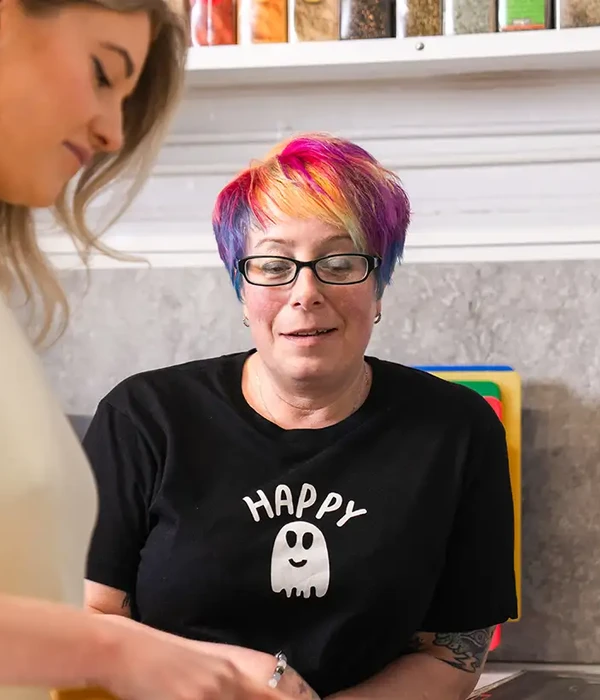
Withdrawal and Detoxification Process
Hydrocodone withdrawal occurs when your body becomes dependent on the drug and you suddenly reduce or stop use. Common withdrawal symptoms include muscle aches, nausea, sweating, cold flashes and chills, goosebumps, runny nose and watery eyes, cravings for hydrocodone, insomnia, and anxiety or irritability.
Most people start to notice symptoms about 6 to 12 hours after their last dose, especially if they were taking short-acting versions of hydrocodone. Some symptoms can persist for weeks, such as cravings and low mood. Each person’s experience is unique, but most symptoms begin to ease after the first week.
A medical detox can make withdrawal safer and less unpleasant. In a supervised setting, you receive support from doctors who can offer medicines and monitor your health. Detox centres also provide emotional support and help address mental health needs.
Signs and Risks of Hydrocodone Addiction
Hydrocodone addiction can affect your behaviour, thinking, and health. It may start as prescription use for pain, but it can quickly turn into a serious issue with physical and psychological consequences.
Recognising Hydrocodone Misuse
Hydrocodone misuse often begins when you take the drug in a way not prescribed by your doctor, such as taking higher doses, using it more often, or using it without a prescription. Signs include taking hydrocodone even when you no longer feel pain or continuing use despite negative effects on work, school, or relationships.
You may notice cravings or spend time thinking about the next dose. Struggling to cut back or stop use, or ‘doctor shopping’ (seeking multiple prescriptions) are common behaviours associated with misuse. Misuse can escalate to addiction, where controlling use becomes very difficult.
Hydrocodone Overdose Risk
Taking too much hydrocodone, either by accident or purposely, can cause an overdose. This is very dangerous and may be life-threatening. Narcan or naloxone is often used for opioid overdoses and can quickly reverse the effects.
Common signs of hydrocodone overdose include respiratory depression, extreme drowsiness, slowed or irregular heartbeat, cold, clammy skin, seizures, and loss of consciousness. An overdose can quickly lead to brain damage or death, especially if taken with alcohol or other sedatives.
Physical and Psychological Dependence
Your body may get used to hydrocodone over time, leading to tolerance. This means you need more of the drug to get the same effect. When you regularly use hydrocodone, your body and mind can develop dependence, making it hard to function without the drug.
Psychological dependence affects your mood and thoughts. You may feel anxious, irritable, or even depressed without hydrocodone. Obsessive thoughts about using the drug are common and can interfere with daily life.
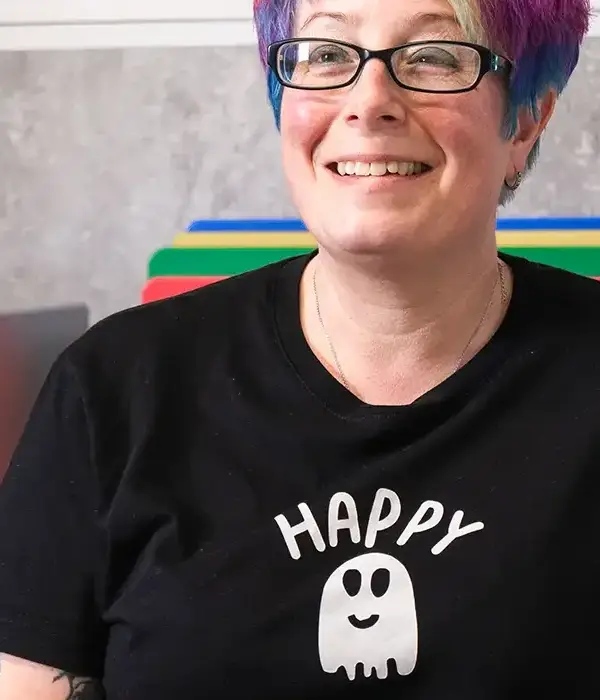
Heal from Hydrocodone Abuse
Hydrocodone addiction treatment is essential for anyone struggling with dependence on this powerful opioid. With the right support, recovery is entirely possible. Steps Together offers comprehensive drug rehab designed to address both the physical and psychological aspects of addiction.
Whether you’re reaching out for yourself or a loved one, taking that first step is as simple as making a phone call or sending an email. Our compassionate, experienced staff are here to guide you through the process of overcoming hydrocodone use.
Frequently Asked Questions
What are the first steps to take in seeking treatment for opioid dependency?
The first step is to talk with a healthcare professional about your symptoms and drug use. They can assess to help you understand your needs. A treatment plan may include detox, therapy, and sometimes medication.
Can you explain the detoxification process for prescription painkillers?
Detoxification, or detox, is when you stop taking the drug so your body can clear it out. You may have withdrawal symptoms, such as nausea, sweating, or anxiety. Medical teams monitor you and may give medicines to ease symptoms, making detox less risky and more comfortable.
Are there specific rehabilitation programmes tailored for prescription drug addiction?
Yes, some rehab programmes focus on prescription drug dependence, including opioids like hydrocodone. These programmes may offer therapy, medical detox, and peer support designed for the unique needs of people misusing prescription medications.
How effective is cognitive behavioural therapy in combating drug addiction?
Cognitive behavioural therapy helps you recognise and change patterns of thinking and behaviour linked to drug use. It teaches practical coping skills and how to deal with triggers. Many treatment centres offer CBT as a main part of their programmes.
What role does medication-assisted treatment play in recovery from opioid abuse?
Medication-assisted treatment uses medicines like buprenorphine or methadone alongside therapy. These medicines reduce cravings and withdrawal symptoms. MAT helps you stay engaged in your recovery and lowers the risk of relapse.
How can friends and family support a loved one during their addiction treatment journey?
You can support your loved one by listening, offering encouragement, and being patient throughout recovery. Learning about addiction and treatment helps you understand what they are going through.
